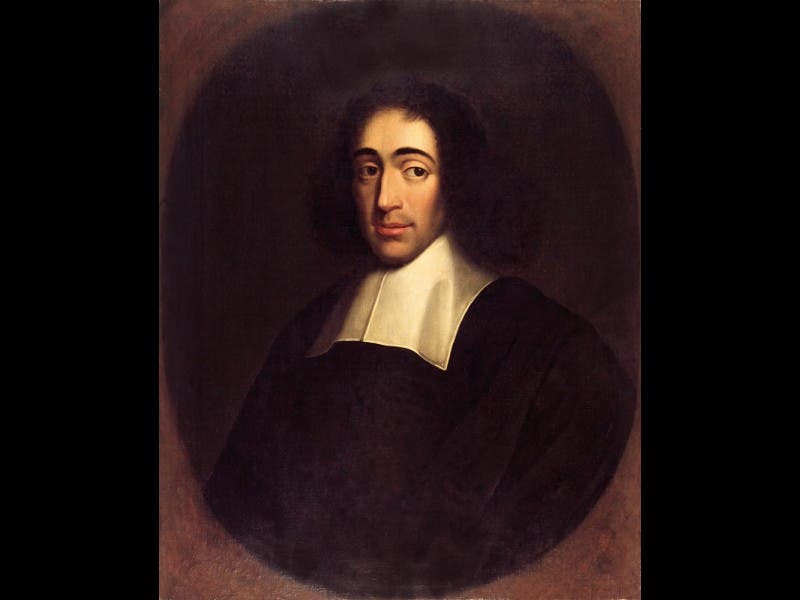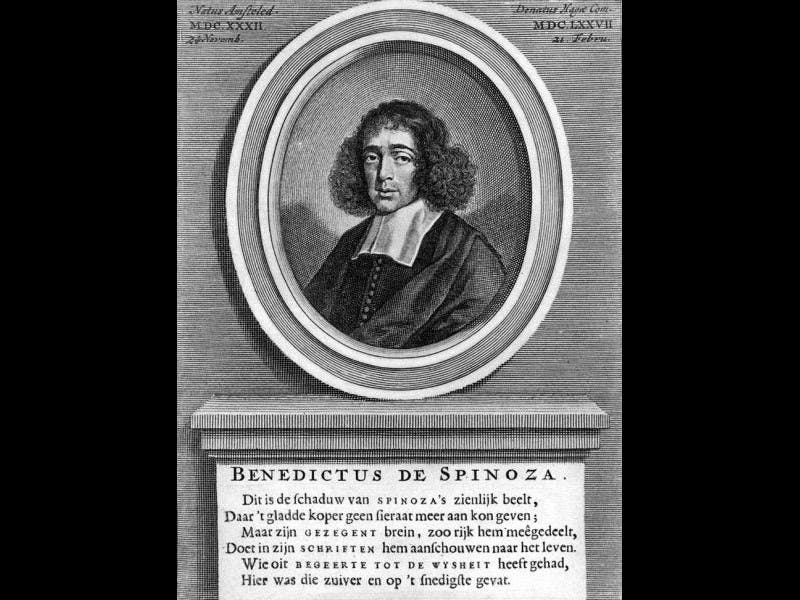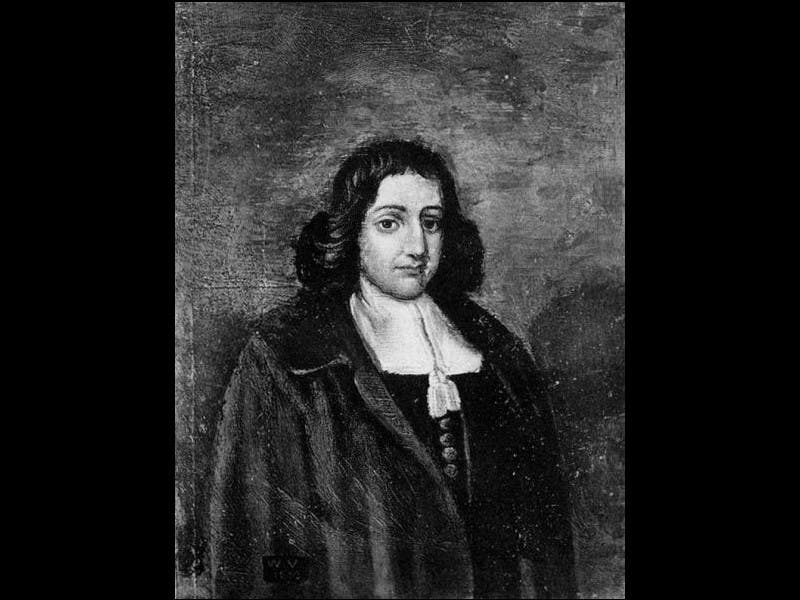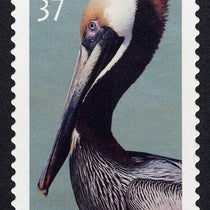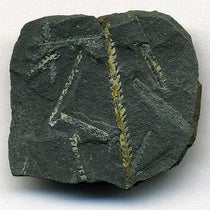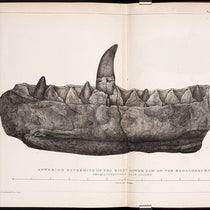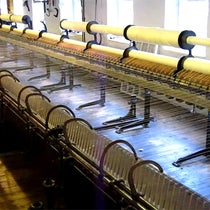Scientist of the Day - Baruch Spinoza
Baruch Spinoza, a Dutch Jewish philosopher of Portuguese descent, was born Nov. 24, 1632. Spinoza is famed as one of the three great Continental rationalist philosophers of the 17th century (along with Descartes and Leibniz), which is a pretty fine achievement for someone who earned his living grinding lenses for the optical trade. Spinoza solved the mind-body dilemma of Descartes by maintaining that God and Nature are one, that indeed everything is one, with mind and body being just different facets of one infinite entity. We call Spinoza "rationalist" because he deduced his conclusions about God, nature, and ethics from axioms and postulates, much in the manner of Euclid in his Elements of Geometry. Spinoza also was a pioneer in Biblical criticism, maintaining that the Bible should be read and treated like any other historical document, and subjected to the same philological tools of analysis. For his pains, he was excommunicated at the age of 24 by the Portuguese Jewish community in Amsterdam, which shows that the Catholics and Protestants did not have a corner on religious intolerance in the 17th century. Spinoza is thought to have died as the result of too many years of inhaling glass dust from his lens-grinding activities; he was only 44 when he passed way.
Since Spinoza published only one book on natural philosophy in his lifetime, Principles of the Philosophy of Rene Descartes (1663), and the book is not illustrated, the only thing we have to display when talking about Spinoza is his portrait. Unfortunately, there is considerable disagreement as to which of the purported portraits presents a reasonable likeness. The one most often reproduced is in Wolfenbüttel (first image above), but most scholars are doubtful about this one. There is an engraved portrait in his Opera which might be a better representation (second image). But the third, based on a painting by Wallerant Vaillant, of which we have only a later copy, seems to scholars to be the most likely to present a faithful image of the real Spinoza (third image).
Dr. William B. Ashworth, Jr., Consultant for the History of Science, Linda Hall Library and Associate Professor, Department of History, University of Missouri-Kansas City


